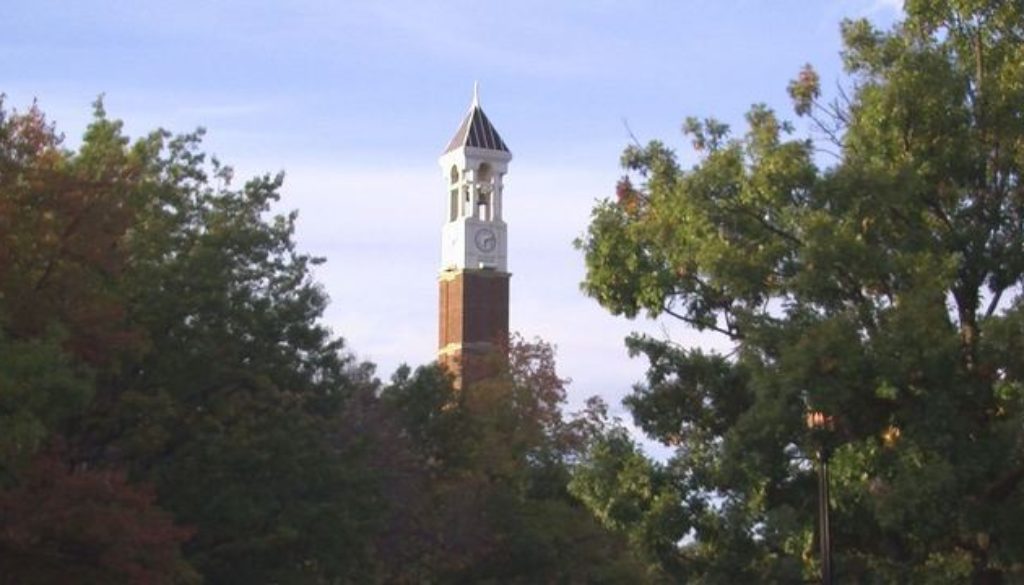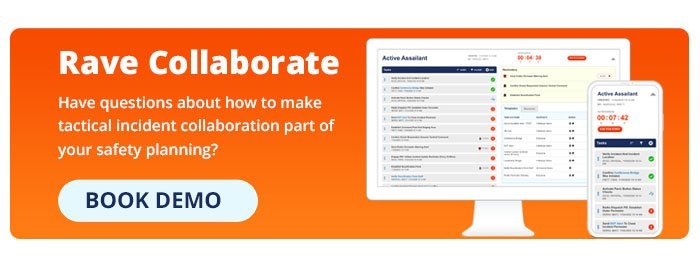Resolving the Issue of Communicating Campus Evacuation Plans during a Pandemic
Communicating campus evacuation plans is never straightforward for colleges and universities. Different plans may apply to different areas of the campus, different evacuation routes may apply depending on the nature of the emergency, and there may be staff and students who require assistance evacuating in any type of emergency.To complicate the issue, we are in the midst of a global pandemic. While this doesn’t affect the development of campus evacuation plans, it may affect how they are communicated, how staff and students are accounted for during and after an emergency, and how the college or university manages evacuations if key members of the response team are quarantining or isolating.
How Campuses Communicate Evacuation Plans
Although it is impossible to determine how every college and university communicates campus evacuation plans, we know nearly half of all higher education student populations rely on Rave Alert for timely and accurate emergency notifications. Consequently, when an emergency requiring an evacuation occurs, many campuses take advantage of Rave Alert’s capabilities to:
- Send templated evacuation notifications with three clicks of a mouse.
- Notify staff and students via multiple modes of communication.
- Send alerts to only the area(s) of the campus affected by the emergency.
- Check on the wellbeing of staff and students during and after the emergency.
- Coordinate members of the response team to achieve the most effective response.
Depending on how Rave Alert is integrated with other elements of the Rave Platform, evacuation notifications can be dispatched remotely by activating a mobile panic button app, geo-targeted notifications can warn staff and students not to enter an area under evacuation, and polls can be sent to personal safety apps to account for the whereabouts and wellbeing of staff and students.
The Benefit of Deploying Personal Safety Apps during the Pandemic
Rave Guardian personal safety apps have multiple benefits when there is not a global pandemic. The apps can be used as virtual escorts, for submitting anonymous text tips, to connect students with campus security or 911, and to receive geo-targeted push notifications capable of containing more information than an SMS message, desktop alert, or digital signage message.
In the context of communicating campus evacuation plans, Rave Guardian can be used as a repository for different types of information. Campuses can store evacuation plans for each area of the campus and for different evacuation routes, and provide directories of who to contact if staff or students require assistance to evacuate or are injured and unable to evacuate independently.
During the pandemic – or any event due to which people may not be where they are expected to be – Rave Guardian’s GPS capabilities can be used to locate staff or students who have not arrived at an evacuation station, eliminate those who are not in danger from search and rescue efforts, and focus response resources on people who may require help due to sustaining an injury.
Using Rave Collaborate to Overcome Gaps in Response Team Personnel
A further issue colleges and universities may encounter during the pandemic is that response team personnel may be unavailable due to illness or self-isolation. While most response teams will have back-up personnel available to fill gaps left by team members who are unavailable, the back-up personnel may not be so familiar with their roles and responsibilities during an emergency.
To overcome this issue, the Rave Collaborate platform can be configured to send details of campus evacuation plans to each member of the response team as an emergency starts., with messages to unavailable team members rerouted to their replacements. This not only has the benefit of informing inexperienced team members of their roles and responsibilities but can also overcome the potential of team members forgetting their roles due to fear, shock, or emotion.
In addition to automatically communicating key information, the Rave Collaborate platform records responses and actions so incident commanders have real-time insights into situational awareness. With this enhanced level of visibility, incident commanders can make better-informed decisions, react better when unexpected events occur, and review the actions of the response team to fine-tune campus evacuation plans for future events.
To find out more about how the Rave Collaborate platform can help your college or university respond better to incidents requiring a campus evacuation, do not hesitate to get in touch and request a demo of the platform in action.





